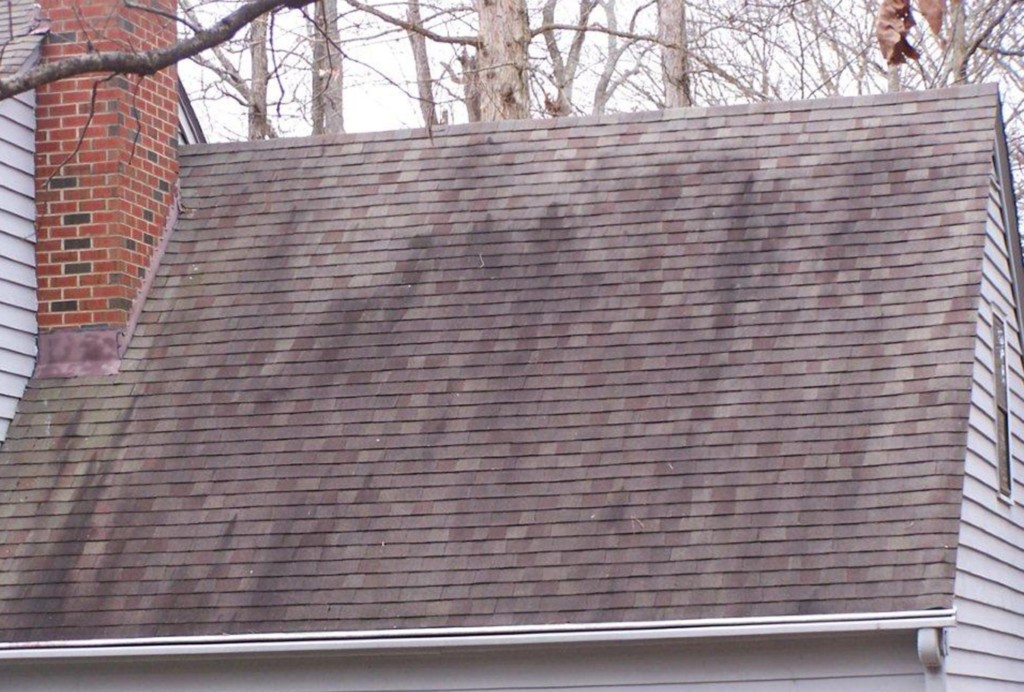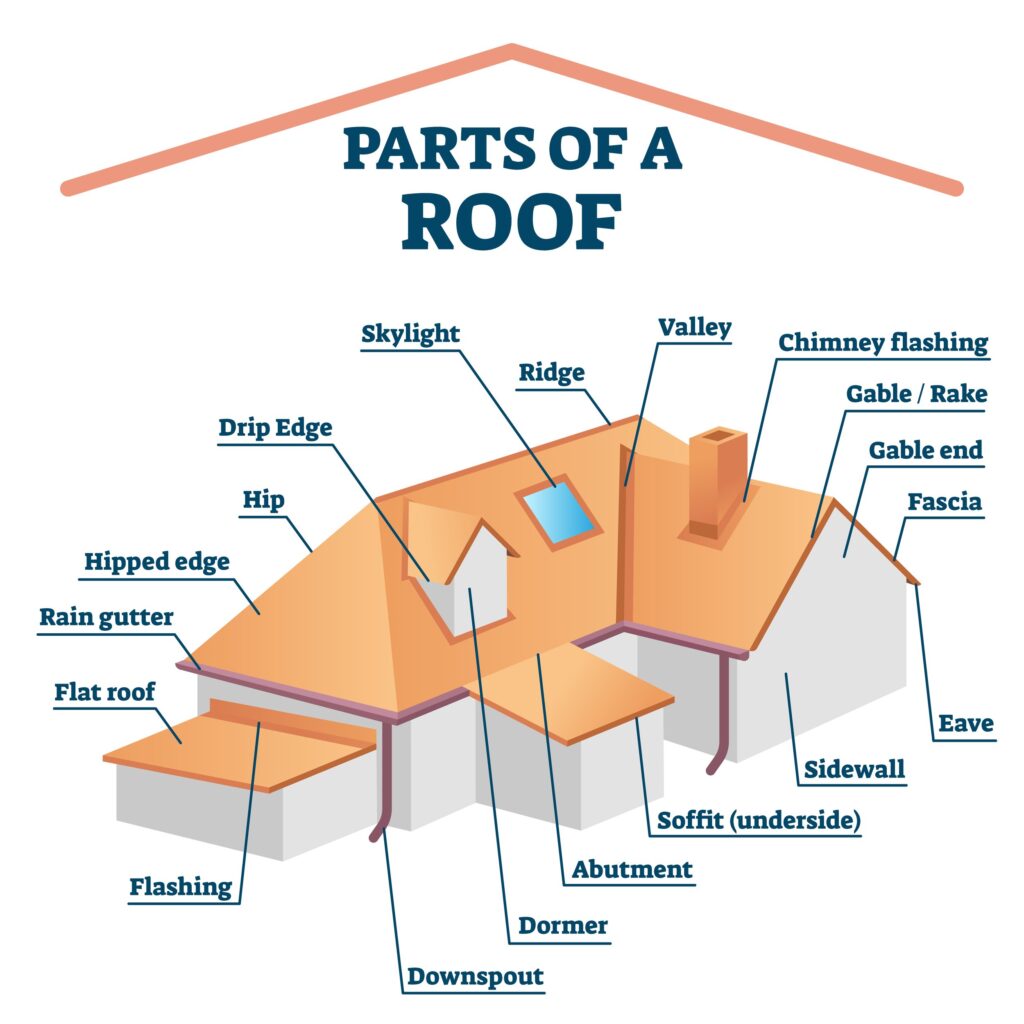So you’re curious about the common failure modes for asphalt shingles, huh? Well, in this article, we’re going to explore exactly that. When it comes to roofing, asphalt shingles are a popular choice due to their affordability and durability. However, like any roofing material, they are not immune to problems. Throughout this article, we’ll uncover two of the most common failure modes that can occur with asphalt shingles, giving you the knowledge you need to understand and address any potential issues that may arise. Let’s get started!


1. Blistering
Blistering is a common issue that can occur with asphalt shingles, and it is important to understand its causes, effects, and how to prevent and repair it.
1.1 Causes of Blistering
Blistering in asphalt shingles can be caused by a variety of factors. One common cause is the presence of moisture trapped between the shingle layers during installation. This moisture can lead to the formation of blisters as it heats up and expands.
Another cause of blistering is excessive heat. When asphalt shingles are exposed to high temperatures, the asphalt can soften and become more susceptible to blistering. This is especially true if the shingles are not properly ventilated.
1.2 Effects of Blistering
Blistering can have several negative effects on asphalt shingles. Firstly, it can compromise the integrity of the shingle, making it more prone to further damage. The blisters can also create uneven surfaces, which can lead to issues with water drainage and potential leaks.
In addition, the appearance of blisters can be unsightly and detract from the overall aesthetic of the roof. This can be particularly concerning for homeowners who take pride in maintaining the curb appeal of their property.
1.3 Prevention and Repair of Blistering
Preventing blistering in asphalt shingles starts with proper installation. Ensuring that the shingles are installed in a way that allows for proper ventilation and avoids moisture buildup is key. This may involve incorporating adequate ventilation systems and using appropriate underlayment materials.
Regular roof inspections can also help identify any potential issues before they become larger problems. If blistering does occur, it is important to have the affected shingles repaired or replaced as soon as possible. This will help prevent further damage and extend the lifespan of the roof.
2. Curling and Cupping
Curling and cupping are two other common failure modes seen in asphalt shingles. Understanding their causes, effects, and how to prevent and repair them is crucial for maintaining the longevity of your roof.
2.1 Causes of Curling and Cupping
One of the main causes of curling and cupping in asphalt shingles is improper installation. If the shingles are not nailed down properly or if they are installed in extreme weather conditions, such as during cold temperatures, they can become prone to curling and cupping.
Another cause is moisture infiltration. If water finds its way beneath the shingle layers, it can cause the shingles to lose their shape and curl or cup.
2.2 Effects of Curling and Cupping
Curling and cupping can have significant effects on the performance of asphalt shingles. Firstly, they can compromise the ability of the shingles to shed water effectively, which can lead to leaks and water damage. Additionally, the uneven surfaces created by curling and cupping can make the roof more prone to wind damage.
From an aesthetic perspective, curling and cupping can give the roof a worn and aged appearance, diminishing the overall curb appeal of the property.
2.3 Prevention and Repair of Curling and Cupping
Preventing curling and cupping begins with proper installation techniques. Ensuring that the shingles are installed in appropriate weather conditions and following manufacturer guidelines can help prevent these issues.
Regular inspections to identify any signs of curling or cupping early on can also be beneficial. If curling or cupping is detected, it is important to have the affected shingles replaced or repaired promptly. This will help maintain the integrity of the roof and prevent further damage.
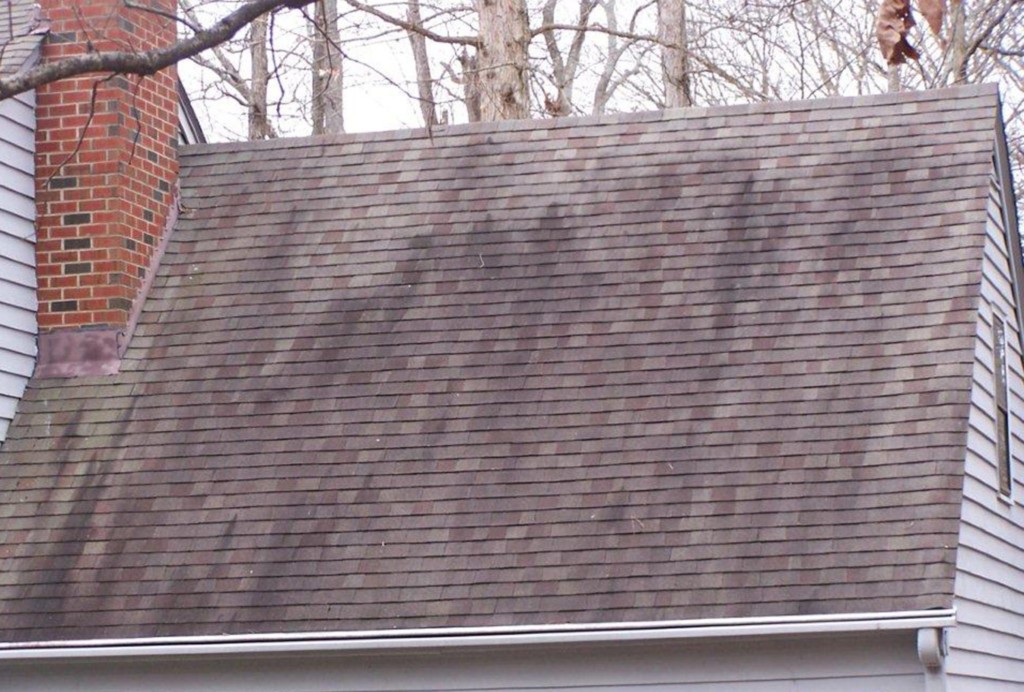

3. Granule Loss
Granule loss is another common failure mode for asphalt shingles. Understanding the causes, effects, and prevention methods is essential for addressing this issue effectively.
3.1 Causes of Granule Loss
Several factors can lead to granule loss in asphalt shingles. One of the main causes is aging and weathering. Over time, the protective layer of granules on the surface of the shingles can wear off, leaving the asphalt layer exposed to the elements.
Environmental factors, such as heavy rain, hailstorms, and foot traffic on the roof, can also contribute to granule loss. Improper installation techniques, including excessive pressure during installation or improper transportation and handling of the shingles, can also lead to granule loss.
3.2 Effects of Granule Loss
When the protective granules on asphalt shingles are lost, it can have several negative effects. Firstly, the shingles become more vulnerable to UV damage, which can cause the asphalt layer to deteriorate at a faster rate. This can result in cracks, splitting, and ultimately, water leaks.
Granule loss can also impact the shingles’ ability to shed water effectively, leading to water pooling and potential water damage. From an aesthetic standpoint, the loss of granules can make the roof appear dull and aged, diminishing the overall appearance of the property.
3.3 Prevention and Repair of Granule Loss
Preventing granule loss starts with using high-quality asphalt shingles that are manufactured to withstand the elements. Proper installation techniques, including careful handling of the shingles and avoiding excessive pressure, can also help reduce the risk of granule loss.
Regular roof inspections can help identify any signs of granule loss early on. If granule loss is detected, it is crucial to address the issue promptly. Depending on the extent of the damage, repair options may include applying a granule sealant or replacing the affected shingles.
4. Cracking
Cracking is a common failure mode that can occur in asphalt shingles, and understanding its causes, effects, and prevention methods is important for maintaining the integrity of your roof.
4.1 Causes of Cracking
Several factors can contribute to the development of cracks in asphalt shingles. One common cause is thermal expansion and contraction. When the shingles are exposed to fluctuating temperatures, the materials can expand and contract, leading to cracks over time.
Another common cause is aging and weathering. As the shingles are exposed to the elements, including UV radiation, they can become brittle and more prone to cracking. Improper installation techniques, such as overdriving the nails or using the wrong type of adhesive, can also contribute to cracking.
4.2 Effects of Cracking
Cracks in asphalt shingles can have significant effects on the performance of the roof. Firstly, they can compromise the ability of the shingles to shed water effectively, leading to potential leaks and water damage. Cracks can also make the shingles more susceptible to wind damage.
From an aesthetic perspective, cracks in the shingles can be unsightly and detract from the overall appearance of the property. They can also allow moisture to enter the underlying layers, potentially causing further damage to the roof structure.
4.3 Prevention and Repair of Cracking
Preventing cracking in asphalt shingles starts with using high-quality shingles that are designed to withstand the rigors of the climate. Proper installation techniques, including using the appropriate adhesive and ensuring the shingles are properly aligned and secured, can help reduce the risk of cracking.
Regular roof inspections to identify any signs of cracking early on can also be beneficial. If cracks are detected, prompt repair or replacement of the affected shingles is essential to prevent further damage. Depending on the extent of the cracking, options for repair may include applying a sealant or replacing the damaged shingles.
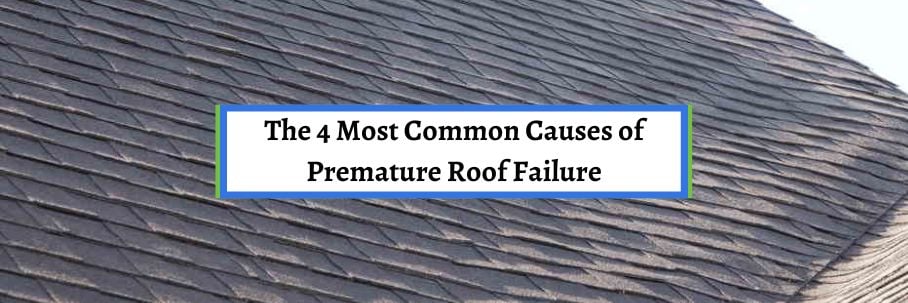

5. Discoloration
Discoloration is a common issue that can affect asphalt shingles. Understanding the causes, effects, and prevention methods can help maintain the visual appeal and lifespan of your roof.
5.1 Causes of Discoloration
Several factors can contribute to the discoloration of asphalt shingles. One common cause is the growth of algae or moss on the roof. These organisms thrive in damp environments and can lead to dark stains and discoloration of the shingles.
Environmental factors, such as exposure to pollutants or chemicals in the air, can also cause discoloration. Additionally, prolonged exposure to UV radiation can cause the colors of the shingles to fade over time.
5.2 Effects of Discoloration
Discoloration can have both aesthetic and functional effects on asphalt shingles. From an aesthetic perspective, dark stains and discoloration can make the roof appear dirty and unkempt, detracting from the overall appearance of the property.
Functionally, discoloration can be an indicator of underlying issues. For example, the presence of algae or moss on the roof suggests the potential for moisture retention, which can lead to other forms of damage if not addressed.
5.3 Prevention and Repair of Discoloration
Preventing discoloration starts with proper roof maintenance. Regular cleaning and removal of debris, such as leaves or branches, can help prevent the growth of algae or moss. If discoloration does occur, there are several cleaning methods available, including the use of gentle detergent solutions or specialized roof cleaning products.
It is important to note that cleaning should be done carefully to avoid damaging the shingles or stripping away the protective granules. If the discoloration is extensive or persistent, consulting a professional roofing contractor may be advisable to assess the underlying cause and recommend appropriate repairs or treatments.
6. Wind Damage
Wind damage is a significant concern for asphalt shingles, as strong winds can cause shingles to become dislodged or damaged. Understanding the causes, effects, and prevention methods can help mitigate the risk of wind damage to your roof.
6.1 Causes of Wind Damage
One of the main causes of wind damage to asphalt shingles is inadequate installation. If the shingles are not properly secured or if nails are improperly driven, they can be more susceptible to being lifted or blown off by strong winds.
The design and layout of the roof can also contribute to wind damage. Roofs with steeper slopes or complex designs may experience higher wind uplift forces, which can place greater stress on the shingles.
6.2 Effects of Wind Damage
Wind damage to asphalt shingles can result in shingle loss, tearing, or curling. This can compromise the integrity of the roof and increase the risk of water infiltration, leaks, and further damage. Additionally, dislodged or damaged shingles can create entry points for pests, such as rodents or insects.
From an aesthetic standpoint, wind damage can make the roof appear uneven or disjointed, diminishing the overall curb appeal of the property.
6.3 Prevention and Repair of Wind Damage
Preventing wind damage to asphalt shingles starts with proper installation techniques. Ensuring that the shingles are properly secured, and using the appropriate number and type of fasteners, can help reduce the risk of shingle loss or damage.
Regular roof inspections to identify any signs of loose or damaged shingles can also be beneficial. If wind damage does occur, prompt repair or replacement of the affected shingles is essential to prevent further damage and maintain the roof’s integrity.
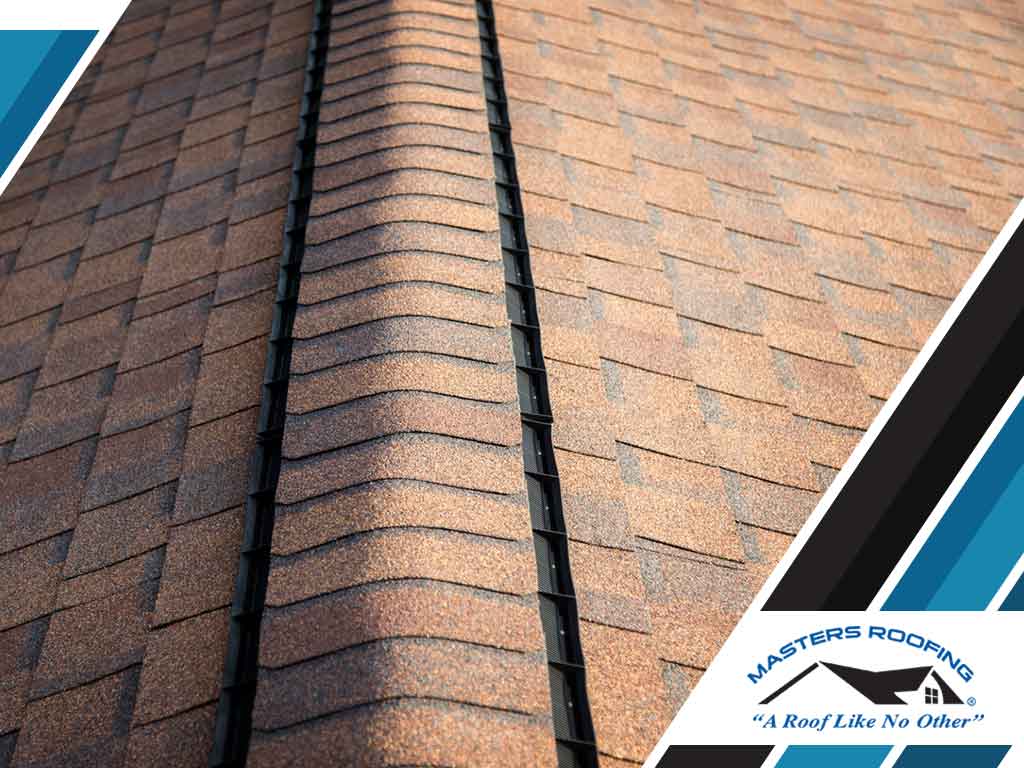

7. Ice Damming
Ice damming is a common issue that can occur in colder climates, and it can have detrimental effects on asphalt shingles. Understanding the causes, effects, and prevention methods is essential for protecting your roof from ice damming.
7.1 Causes of Ice Damming
Ice damming occurs when snow or ice accumulates on the roof and melts, then refreezes at the eaves. This can be caused by a variety of factors, including inadequate insulation and ventilation in the attic, which allows warm air to escape and heat the roof.
Additionally, if the roof has uneven heat distribution due to factors such as inadequate air sealing or insufficient attic ventilation, certain areas of the roof can warm up more quickly, leading to localized melting and refreezing.
7.2 Effects of Ice Damming
Ice damming can have severe effects on asphalt shingles. As the ice melts and refreezes, it can create a barrier that prevents water from properly draining off the roof. This can lead to water infiltration under the shingles, causing leaks, water damage, and potential structural issues.
The weight of the ice dam can also put excessive stress on the shingles and the overall roof structure, potentially leading to shingle damage, sagging, or even roof collapse in extreme cases.
7.3 Prevention and Repair of Ice Damming
Preventing ice damming starts with proper insulation and ventilation in the attic. This helps maintain a consistent temperature on the roof, preventing localized melting and refreezing. Adequate insulation also helps reduce heat loss from the interior of the home and minimize temperature fluctuations on the roof.
Ensuring proper attic air sealing can also help prevent warm air from escaping and coming into contact with the roof surface. This can be achieved through the use of air barriers and sealing any gaps or openings that allow warm air to escape.
If ice damming does occur, it is important to address it promptly. This may involve using safe methods, such as roof rakes or low-pressure steaming, to remove the ice dam. It is crucial to avoid using sharp tools or excessive force, as this can cause damage to the shingles. Consulting a professional roofing contractor may be advisable for more severe cases of ice damming.
8. Poor Installation
Poor installation is a significant cause of failure in asphalt shingles. Understanding the causes and effects of poor installation, as well as prevention methods, is critical for ensuring the longevity and performance of your roof.
8.1 Causes of Poor Installation
Poor installation can be caused by a variety of factors. One common cause is inadequate training or experience on the part of the installer. When the installer lacks the necessary knowledge and skills, they may not follow proper installation techniques, leading to issues down the road.
The use of improper materials or tools during installation can also contribute to poor installation. For example, using the wrong type of adhesive or fasteners can compromise the integrity of the shingles and increase the risk of failure.
8.2 Effects of Poor Installation
Poor installation can have significant negative effects on asphalt shingles. Firstly, it can compromise the overall performance and lifespan of the shingles. Shingles that are not properly installed may be more prone to issues such as leaks, wind damage, or premature deterioration.
From an aesthetic perspective, poor installation can also impact the appearance of the roof. Uneven or improperly aligned shingles can create an unprofessional and unkempt look, detracting from the curb appeal of the property.
8.3 Prevention and Repair of Poor Installation
Preventing poor installation starts with selecting a reputable and experienced roofing contractor. Researching and checking references before hiring a contractor can help ensure that they have the necessary expertise to complete the installation correctly.
Regular inspections during and after the installation process can also help identify any potential issues early on. If poor installation is detected, it is important to address it promptly. Depending on the extent of the issue, repair options may include reinstallation of the affected shingles or even a complete replacement if necessary.
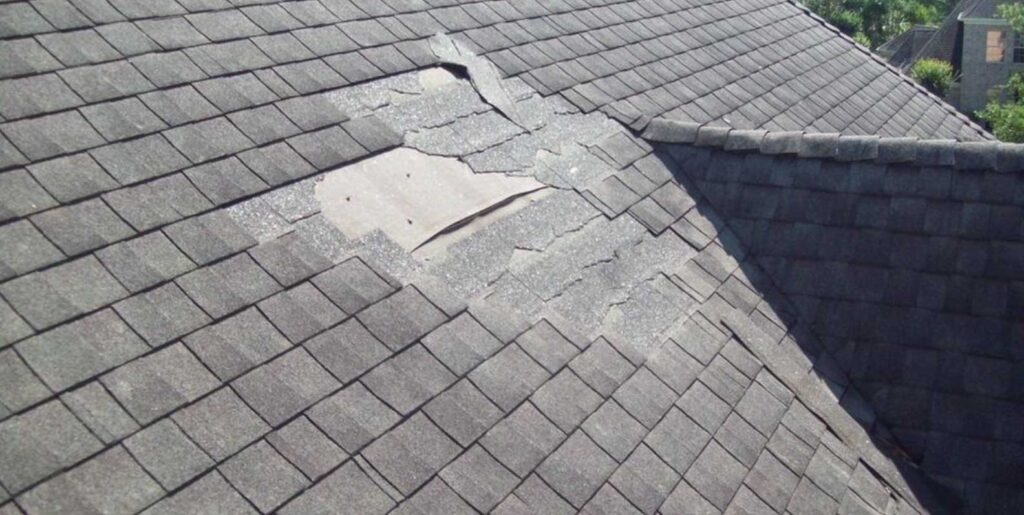

9. Thermal Shock
Thermal shock is another common failure mode for asphalt shingles. Understanding its causes, effects, and prevention methods is crucial for protecting your roof from damage.
9.1 Causes of Thermal Shock
Thermal shock occurs when there are rapid and extreme temperature changes, causing the materials to expand or contract rapidly. In the case of asphalt shingles, this can happen when there is a sudden change from hot to cold temperatures, or vice versa.
One common cause of thermal shock is exposure to direct sunlight and then sudden cooling due to rain or nighttime temperatures. Additionally, poor insulation or ventilation in the attic can contribute to temperature fluctuations on the roof surface, increasing the risk of thermal shock.
9.2 Effects of Thermal Shock
Thermal shock can have detrimental effects on asphalt shingles. The rapid expansion and contraction of the materials can cause them to become more brittle and prone to cracking or splitting. Over time, this can compromise the integrity of the shingles and increase the risk of water infiltration, leaks, and further damage.
From an aesthetic standpoint, thermal shock can also impact the appearance of the roof. Cracks or splits in the shingles can be unsightly and diminish the overall visual appeal of the property.
9.3 Prevention and Repair of Thermal Shock
Preventing thermal shock starts with proper insulation and ventilation in the attic. This helps maintain a more consistent temperature on the roof surface, reducing the risk of rapid temperature changes and thermal shock. Adequate insulation also helps reduce heat transfer from the interior of the home, minimizing temperature fluctuations.
Regular roof inspections to identify any signs of cracking or splitting early on can also be beneficial. If thermal shock damage is detected, prompt repair or replacement of the affected shingles is essential to prevent further damage and maintain the integrity of the roof.
10. Tree Damage
Tree damage is a common cause of failure for asphalt shingles, particularly in areas with dense tree cover. Understanding the causes, effects, and prevention methods can help protect your roof from tree-related damage.
10.1 Causes of Tree Damage
Tree damage can occur due to a variety of factors. Falling branches or limbs can directly impact the roof and cause damage to the shingles. Overhanging branches can also rub against the surface of the roof, wearing away the protective granules and compromising the integrity of the shingles over time.
In addition, the shade provided by trees can create a damp environment beneath the shingles, promoting the growth of algae, moss, or other organisms that can damage the roof.
10.2 Effects of Tree Damage
Tree damage can have significant effects on asphalt shingles. Falling branches or limbs can cause shingles to become dislodged or damaged, creating entry points for water and potential leaks. Overhanging branches can abrade the shingle surface, leading to granule loss and accelerated deterioration.
Additionally, the presence of shaded areas on the roof due to tree cover can foster the growth of algae, moss, or fungi, which can weaken the shingles and compromise their performance over time.
10.3 Prevention and Repair of Tree Damage
Preventing tree damage starts with proactive tree maintenance. Regularly trimming branches that overhang the roof and removing dead or weak trees near the property can help minimize the risk of damage. It is important to hire a professional tree service to ensure safe and proper trimming practices.
Regular roof inspections can help identify any signs of tree-related damage early on. If tree damage is detected, prompt repair or replacement of the affected shingles is essential to prevent further damage and maintain the integrity of the roof.
In conclusion, understanding the common failure modes for asphalt shingles is crucial for maintaining the longevity and performance of your roof. By addressing the causes, effects, and prevention methods for issues such as blistering, curling and cupping, granule loss, cracking, discoloration, wind damage, ice damming, poor installation, thermal shock, and tree damage, you can ensure that your roof remains protected and in optimal condition. Regular inspections, proper installation techniques, and prompt repair or replacement when necessary are key to preventing and addressing these issues effectively. Remember, a well-maintained roof not only protects your home but also enhances its overall aesthetic appeal.

